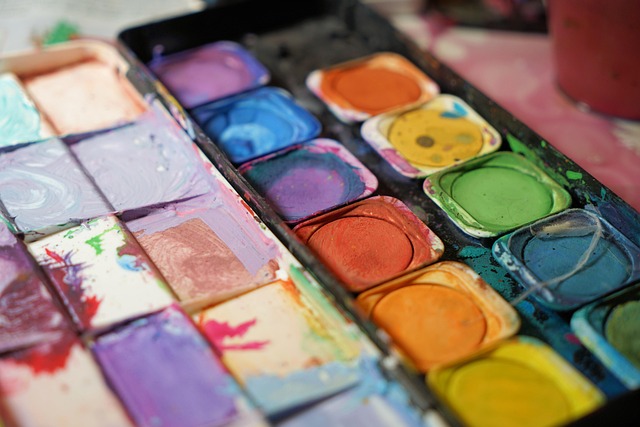The Power and Beauty of Graph Theory in Graphics
Have you ever considered the intricate connections that form the backbone of our digital universe? Whether we’re scrolling through social media, navigating through complex networks, or even playing video games, we’re continuously interacting with graphical representations of relationships and structures. This is where graph theory elegantly steps in, weaving together mathematics and aesthetics in a way that not only captivates but empowers creators.
Graph theory is the study of graphs, which are mathematical structures used to model pairwise relationships between objects. In the realm of graphics, this theory transcends mere numbers and symbols, manifesting in visually stunning representations that tell stories and simplify complex ideas. Imagine a digital artwork that flows seamlessly from node to node, each junction revealing hidden pathways and connections that intrigue the observer.
One of the most compelling applications of graph theory in graphics is in data visualization. Designers and data scientists alike employ graph structures to transform dense datasets into interactive and understandable visual formats. Think of a social network graph where each profile is a point, and the connections between them are the lines that create an expansive web of friendship. This not only makes data accessible but also visually appealing, turning raw numbers into a narrative that people can engage with.
Furthermore, graph theory plays a pivotal role in animation and gaming. In the world of 3D modeling, vertices, edges, and faces create intricate shapes and environments that immerse players in fantastic lands. Here, graph theory helps map out the relationships between different elements, optimizing rendering processes, and ensuring that the experience remains fluid and dynamic. The beauty lies in how these connections enhance gameplay, making the virtual world feel alive and real.
Moreover, the artistic community looks to graph theory to inspire innovative designs. Artists experiment with graph structures to create mesmerizing patterns and complex illustrations that challenge the traditional concepts of space and form. By understanding the underlying mathematics, they unlock a new layer of creativity, resulting in works that are not only beautiful but also intellectually engaging.
As technology advances and the digital world grows increasingly complex, the relevance of graph theory in graphics continues to flourish. It serves as a bridge between abstract mathematical concepts and tangible visual realizations, offering insights and tools to those who seek to innovate. Whether you’re a seasoned professional or an aspiring creator, embracing graph theory means not just understanding relationships but harnessing their beauty to craft visuals that resonate on multiple levels. The journey through this graph-laden landscape invites you to explore connections, uncover patterns, and, most importantly, appreciate the elegance inherent in both mathematics and art.




